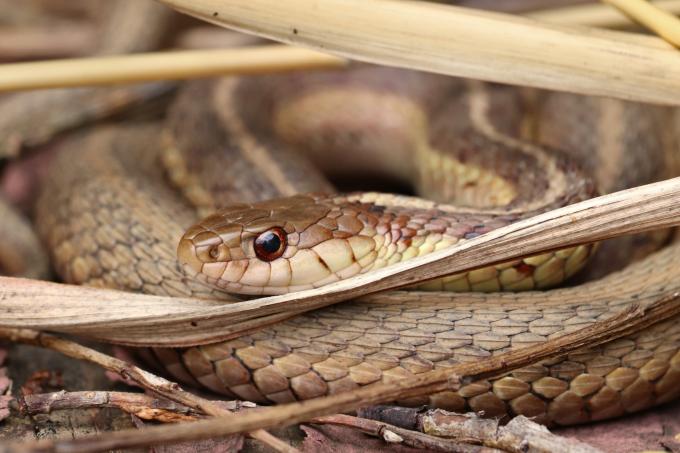Snakes are excellent pets when you can take care of them. They are interesting creatures that don’t make as much noise as other animals. Like us, snakes need to eat a balanced diet with the right amount of nutrients and vitamins. If you have a snake as a pet, it is crucial that you know how to take care of them. These are some ways that you can feed a pet snake.
Make sure you are feeding your snake the right food, which is normally mice or rodents. Most snakes are unlikely to eat when they are shedding their skin, and it is worth keeping this in mind before feeding them.
Check out https://reptilehow.com/ for more information about taking care of a pet snake.
Drop The Food Into Their Cage
The first way that you can feed your pet snake is by dropping food into their cage. All you have to do is lift the lid of their enclosure or cage, and place the frozen or thawed rodent inside. Then, you can close the cage lid and walk away.
As long as the food is placed somewhere that your snake can find easily, they will probably eat. Try to keep a Tupperware lid inside the cage so that you can place food onto it and easily keep it clean.
It will also make the rest of the cage easier to clean, and to keep track of whether your snake has eaten or not. Dropping your snake’s food into their cage is the easiest way to feed them when needed.
Make sure you check what type of food is appropriate for your species of snake. They will be less likely to eat something that isn’t right for them.
Move The Snake Somewhere Else
This technique is known as the separate container method. It can be useful if you want to stop your snake from associating every time the cage opens with feeding time. This can become a problem if you want to handle your snake, change their water, or clean the cage without getting bitten.
It is useful to set up a ‘feeding tub’ that you move the snake into for every meal. This is normally a Tupperware tub or another clear container that is large enough for your snake to eat in. They will begin to associate that tub with meal times, instead of the cage lid opening.
Using this method can prevent your snake from attacking you when you remove the cage lid, and make them slightly easier to handle. Some people use a snake hook for this in order to stay extra safe.
Make sure you are being supervised by an adult whenever you are removing the lid of your snake’s cage.
Use Tongs To Offer The Food
Another option that is slightly more involved with your pet snake involves using tongs to offer the food to them. Some brands have made tongs specifically for feeding pet snakes, and you could use these or a pair of metal tongs.
These are basically large tweezers that you can use to present your snake’s food. Hold the rodent with the tongs inside the cage in front of your snake’s head. Then you can move it around a little to make it appear more ‘alive’.
The idea here is to mimic how a snake would hunt for their food in the wild. If the snake doesn’t immediately strike at the rodent, you may need to ‘walk’ the food around the cage. You can use this if you have a stubborn pet snake that doesn’t want to eat, as it makes them work for their food slightly more.
Once your snake attacks the rodent, it is important to let go of them with the tongs and then take your hand out of the cage. Then, close the lid and let your snake enjoy their food.
Summary
There are many things in a snake’s environment that can impact how much they eat, and how they behave. Make sure you are looking at the link above for more information on how you can check that your snake is safe and healthy.
Some of the variables that can influence their behavior include temperature, how clean their cage is, how frequently their water is changed, and if they are shedding. Snakes are interesting pets that need a slightly different type of care than cats, dogs, and birds. Visit Petdt to give you more ideas on how to properly take care of your pets.
Make sure you know all the possible risks that come with keeping a pet snake.

